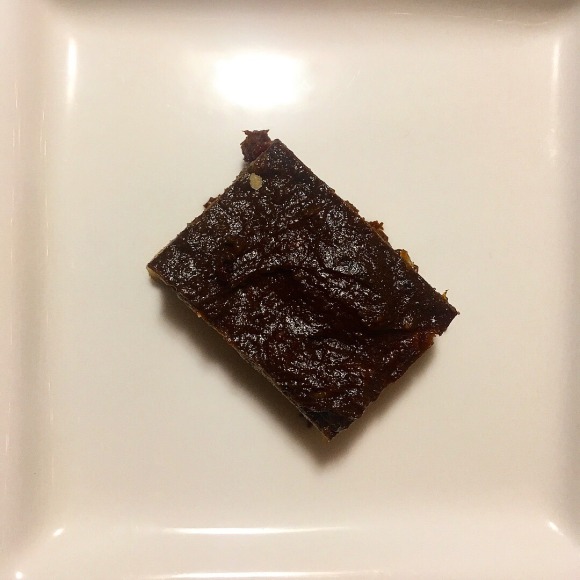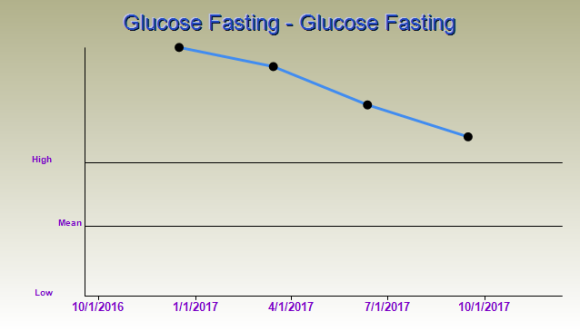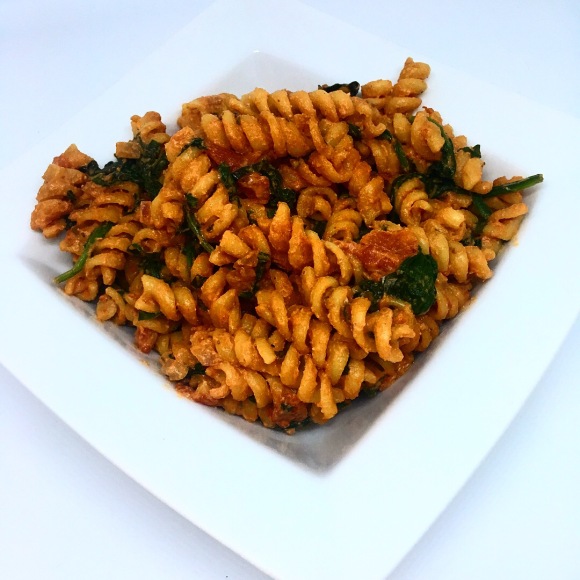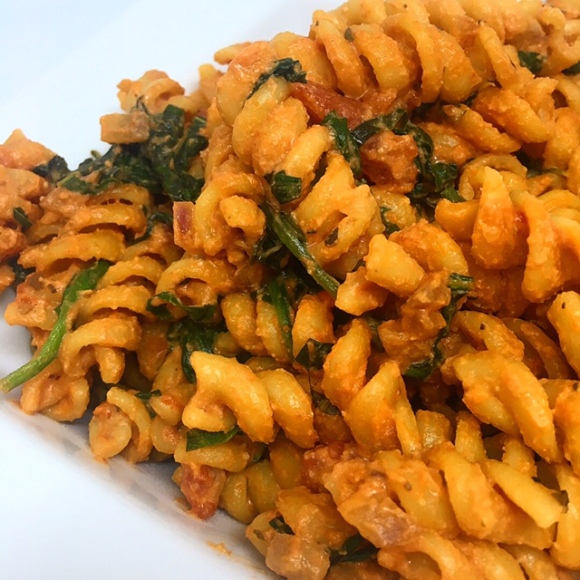
Coconut Oil or Olive Oil
Which is better? Is there a ‘better’? What is the difference?
The 1st course in my Holistic Nutrition program focused on the fundamentals of nutrition … you know, the basics … Carbohydrates, Proteins, Fats, Vitamins and Minerals.
Simple enough … or is it?
For me, yes – simple enough. I am intellectually driven by Science and Math (nailed Course 1 with 93.25%). But if there is any History involved, you can count on me falling asleep!
So let’s look at a bit of the Fundamentals of Fats!
Fats are molecules composed of carbon, hydrogen and oxygen. Fats can come from animal and plant sources and are insoluble in water.
The structure of fats is where some people get a little sideways … fats are made up of fatty acid chains, which is further detailed as being made up of a methyl (alcohol) group, a carbon chain, and an acid group. Clear as mud!?
We then go further into the kinds of fatty acids … saturated and unsaturated.
I found the easiest way to understand, and explain to non-nutrition-studying individuals, is that saturated fatty acids are hard (think coconut oil or butter) and unsaturated fatty acids are liquid (think olive oil or avocado oil).
Saturated fatty acids can be either short-chain or long-chain and unsaturated fatty acids can be monounsaturated or polyunsaturated … I’m not going to get into the science of these differences.
Short-chain saturated fatty acids are readily burned as fuel – they raise your metabolic rate. Long-chain saturated fatty acids are stored long-term for fuel and can help maintain you blood sugar levels.
Mono- and poly- unsaturated fatty acids help keep your arteries flexible, lubricate your skin and have been shown to improve brain function!
So fats are good, right?
Well, yes … in the right amounts! Too much of anything isn’t good.
Too much fat can lead to fat storage and build-up in your circulatory system and organs of the body. However, too little fat can cause decreased levels of energy, depression and more!
Back to the main point of this post … coconut oil vs. olive oil … is one ‘better’ than the other?
Let’s start with solid vs. liquid – should be easy!
One of my questions in class was “coconut oil is sometimes liquid at (summer) room temperature … does that mean it’s unsaturated?” and the answer was NO.
Both coconut oil and olive oil consist of percentages of saturated, monounsaturated and polyunsaturated fatty acids.
Olive oil has 82% monounsaturated and 8% polyunsaturated (liquid) and 10% saturated (solid) attributes; whereas coconut oil has 92% saturated (solid) and 6% monounsaturated and 2% polyunsaturated (liquid) attributes.
So since coconut oil has a greater saturated fatty acid content, it is solid at (normal) room temperature and is considered saturated.
Unsaturated fatty acids (again, think olive oil) are liquid at room temperature. Their natural chemical structure keeps them liquid at room temperature. We’ve all used olive oil to cook … be it in a pan to saute, used to toss veggies before roasting, or in a baking recipe. Sadly, this is the WORST thing you can do with olive oil!
When you add heat and hydrogen (naturally through exposure to air) to olive oil, you cause the chemical structure to change. The olive oil changes from an unsaturated fatty acid to an unsaturated trans fatty acid.
Although trans fats are edible, they are not used by the body. Trans fats will cause an increased risk of coronary artery disease and could be linked to Alzheimer’s Disease, cancer, and infertility in women (to list a few)!
Saturated fatty acids (again, think coconut oil) are hard at room temperature. In most cases you will need to soften them to make them usable.
When you add heat and hydrogen to a saturated fatty acid, you take it from one large saturated fatty acid “blob” and break it down into smaller saturated fatty acids “blobs”. Even though it’s now liquid, it remains saturated. You have simply broken apart the “blobs” but you haven’t changed the chemical structure of the saturated fatty acid.

Does this all make sense?
Coconut oil can be heated without causing a chemical change … without it turning into trans fat. You should be using coconut oil when cooking, baking, or adding heat of any sort.
Olive oil will chemically change when heated … changing it to a trans fat. You should use olive oil (specifically extra virgin – the highest quality) for salad dressings, added to the end of cooking (after heat removed) for a burst of flavor, or as a dip for breads.
Also, see the ‘advertising’ on the olive oil bottle in the picture above? It actually advising “for sauteing and grilling”! OMG no! That’s crazy!
I recently noticed many nutrition-driven individuals on social media using olive oil for heat-based cooking … but after doing a bit of research on said individuals, it turns out they are simply foodies and not trained nutritionist – phew! They don’t know any better!
Remember my disclaimer: The materials and content within this blog are intended as general information only, and are not to be considered a substitute for professional medical advice, diagnosis, or treatment.













